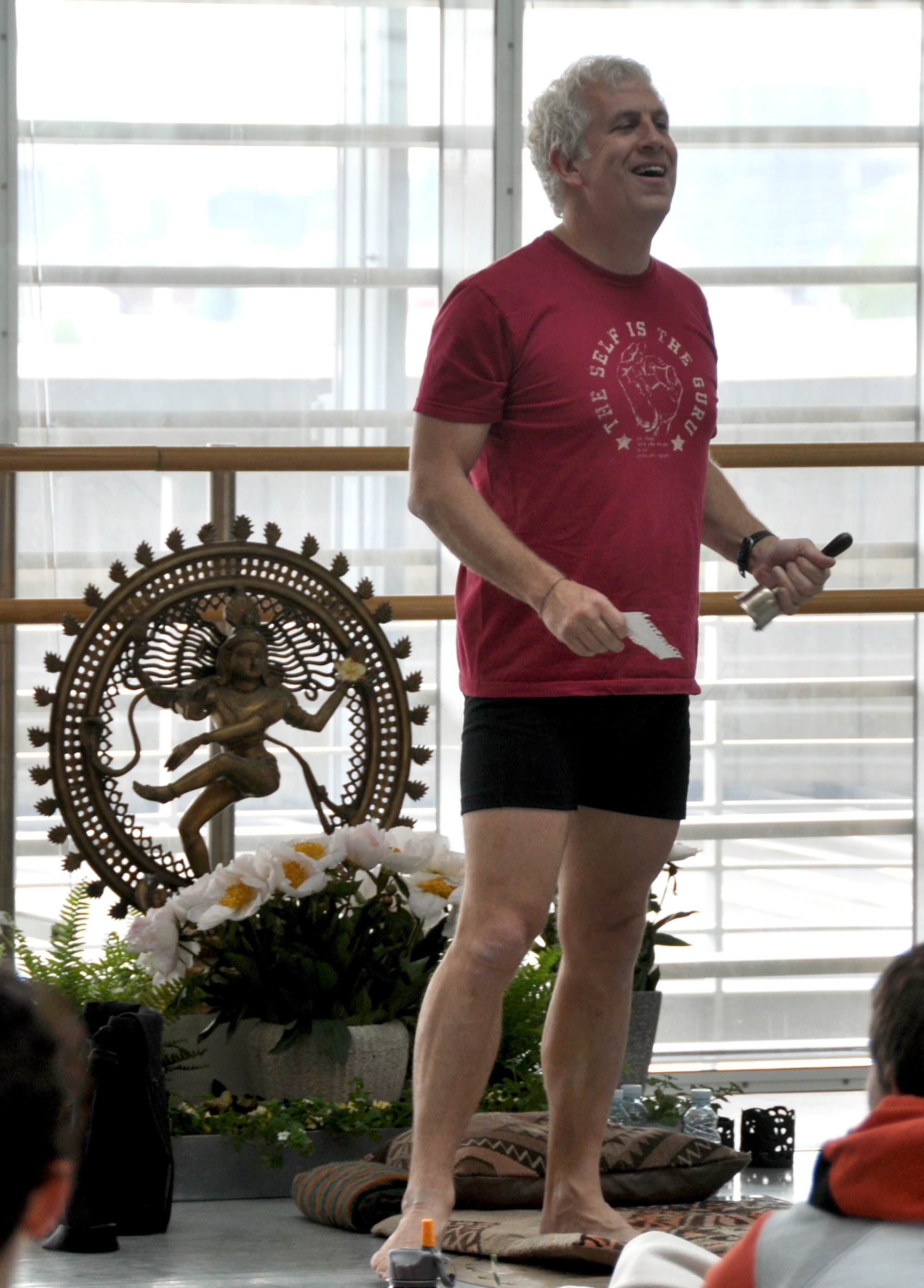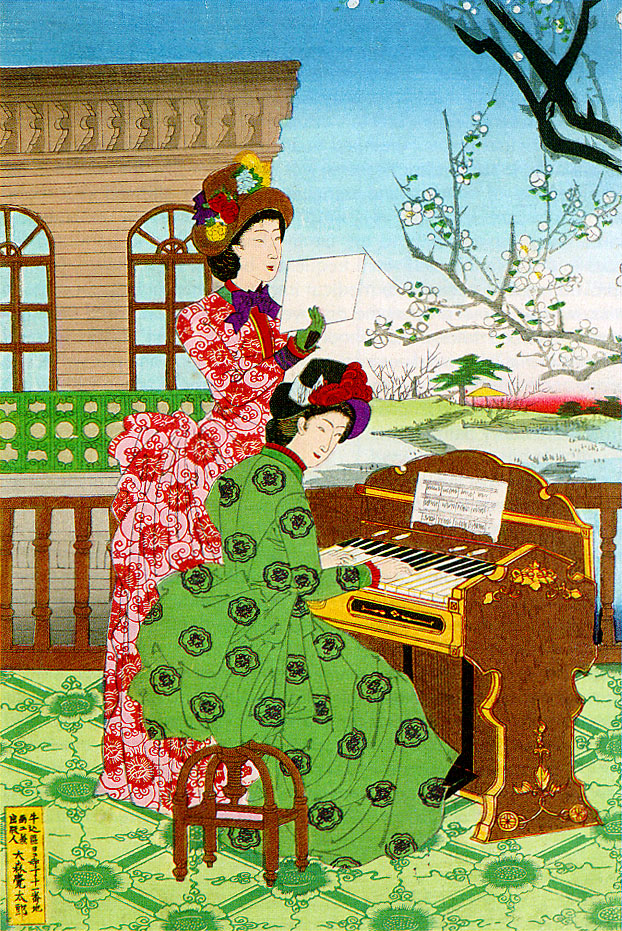|
Wade Morissette
Wade Imre Morissette (born June 1, 1974) is a Canadian kirtan and indie pop-rock musician. Early life Wade Morissette was born on June 1, 1974 at Riverside Hospital of Ottawa in Ottawa, Ontario, the son of Georgia Mary Ann Feuerstein, a Hungarian-born teacher, and Alan Richard Morissette, a high school principal of French and Irish descent. Wade is the twin brother of Alanis Morissette, whom he names as "one of the biggest influences in my life";"Wade Imre Morissette on MySpace Music" MySpace. they have an older brother, Chad. Music Wade took to music at an early age, studying piano as a child and guitar and djembe in his teens. During a trip to India, he encountered devotional yoga and chanting, and decided to combine his interests in yoga and music, to create his own blend of indie roc ...[...More Info...] [...Related Items...] OR: [Wikipedia] [Google] [Baidu] |
Ottawa
Ottawa is the capital city of Canada. It is located in the southern Ontario, southern portion of the province of Ontario, at the confluence of the Ottawa River and the Rideau River. Ottawa borders Gatineau, Gatineau, Quebec, and forms the core of the Ottawa–Gatineau census metropolitan area (CMA) and the National Capital Region (Canada), National Capital Region (NCR). Ottawa had a city population of 1,017,449 and a metropolitan population of 1,488,307, making it the list of the largest municipalities in Canada by population, fourth-largest city and list of census metropolitan areas and agglomerations in Canada, fourth-largest metropolitan area in Canada. Ottawa is the political centre of Canada and the headquarters of the federal government. The city houses numerous List of diplomatic missions in Ottawa, foreign embassies, key buildings, organizations, and institutions of Government of Canada, Canada's government; these include the Parliament of Canada, the Supreme Court of ... [...More Info...] [...Related Items...] OR: [Wikipedia] [Google] [Baidu] |
Hungarian People
Hungarians, also known as Magyars, are an ethnic group native to Hungary (), who share a common culture, language and history. They also have a notable presence in former parts of the Kingdom of Hungary. The Hungarian language belongs to the Ugric branch of the Uralic language family, alongside the Khanty and Mansi languages. There are an estimated 14.5 million ethnic Hungarians and their descendants worldwide, of whom 9.6 million live in today's Hungary. About 2 million Hungarians live in areas that were part of the Kingdom of Hungary before the Treaty of Trianon in 1920 and are now parts of Hungary's seven neighbouring countries, Slovakia, Ukraine, Romania, Serbia, Croatia, Slovenia, and Austria. In addition, significant groups of people with Hungarian ancestry live in various other parts of the world, most of them in the United States, Canada, Germany, France, the United Kingdom, Chile, Brazil, Australia, and Argentina, and therefore constitute the Hungarian diaspora (). ... [...More Info...] [...Related Items...] OR: [Wikipedia] [Google] [Baidu] |
Zazen
''Zazen'' is a meditative discipline that is typically the primary practice of the Zen Buddhist tradition. The generalized Japanese term for meditation is 瞑想 (''meisō''); however, ''zazen'' has been used informally to include all forms of seated Buddhist meditation. The term ''zuòchán'' can be found in early Chinese Buddhist sources, such as the Dhyāna sutras. For example, the famous translator Kumārajīva (344–413) translated a work termed ''Zuòchán sān mēi jīng'' (''A'' ''Manual on the Samādhi of Sitting Meditation'') and the Chinese Tiantai master Zhiyi (538–597 CE) wrote some very influential works on sitting meditation. The meaning and method of zazen varies from school to school, but in general it is a quiet type of Buddhist meditation done in a sitting posture like the lotus position. The practice can be done with various methods, such as following the breath (anapanasati), mentally repeating a phrase (which could be a koan, a mantra, a huato ... [...More Info...] [...Related Items...] OR: [Wikipedia] [Google] [Baidu] |
Kriya Yoga School
Kriya Yoga (Sanskrit: क्रिया योग) is a yoga system which consists of multiple levels of pranayama, mantra, and mudra, intended to rapidly accelerate spiritual development and engender a profound state of tranquility and God-communion. It is described by its practitioners as an ancient yoga system revived in modern times by Lahiri Mahasaya, who claimed to be initiated by a guru, Mahavatar Babaji, circa 1861 in the Himalayas. Kriya Yoga was brought to international awareness by Paramahansa Yogananda's 1946 book '' Autobiography of a Yogi'' and through Yogananda's introductions of the practice to the West from 1920. Etymology According to Yogananda, "Kriya is an ancient science. Lahiri Mahasaya received it from his great guru, Babaji, who rediscovered and clarified the technique after it had been lost in the Dark Ages. Babaji renamed it, simply, Kriya Yoga." In his commentary on the Bhagavad Gita, Yogananda further explains that Jaerschky elucidates that ''ka ... [...More Info...] [...Related Items...] OR: [Wikipedia] [Google] [Baidu] |
Anusara
Anusara School of Hatha Yoga, also known as Anusara Yoga (In Hindi:अनुसार योग) is the successor of a modern school of hatha yoga founded by American-born yoga teacher John Friend in 1997. Friend derived his style from the Iyengar style of yoga and reintroduced elements of Hindu spirituality into a more health-oriented Western approach to Yoga. Style of yoga The Anusara style emphasizes a set of Universal Principles of Alignment which underlie all of the physical asanas and are connected to philosophical aspects of the practice. The school's ideology is "grounded in a Tantric philosophy of intrinsic goodness". The term "Anusara (a-nu-sar-a), means 'flowing with Grace,' 'flowing with Nature' and 'following your heart,'" as interpreted from the Sanskrit ' (अनुसार), meaning "custom, usage, natural state or condition". Instructors who are certified to teach Anusara are exclusively associated with the Anusara School of Hatha Yoga, formed in 2012, af ... [...More Info...] [...Related Items...] OR: [Wikipedia] [Google] [Baidu] |
Viniyoga
Tirumalai Krishnamacharya Venkata Desikachar (21 June 1938 – 8 August 2016), better known as T. K. V. Desikachar, was a yoga teacher, son of the pioneer of modern yoga as exercise, Tirumalai Krishnamacharya. The style that he taught was initially called Viniyoga although he later abandoned that name and asked for the methods he taught to be called "yoga" without special qualification. Biography Desikachar was born in Mysore, son of the pioneer of modern yoga Tirumalai Krishnamacharya, under whom he studied. He moved to Madras (now Chennai) in the early 1960s. He had trained as an engineer, but, inspired by his father's teachings, he studied under his father in the 1960s, and from the 1970s he taught in many parts of the world. He published many books, especially the 1995 ''The Heart of Yoga''. During his thirty years of study, Desikachar learned the practice and application of yoga techniques and texts, for therapeutic, exercise, and spiritual purposes. Desikachar develop ... [...More Info...] [...Related Items...] OR: [Wikipedia] [Google] [Baidu] |
Ashtanga (vinyasa) Yoga
Ashtanga yoga (not to be confused with Patanjali's ''Ashtanga (eight limbs of yoga), aṣṭāṅgayoga'', the eight limbs of yoga) is a style of yoga as exercise popularised by K. Pattabhi Jois during the twentieth century, often promoted as a dynamic form of medieval hatha yoga. Jois claimed to have learnt the system from his teacher Tirumalai Krishnamacharya. The style is energetic, synchronising breath with movements. The individual poses (asanas) are linked by flowing movements called vinyasas. Jois established his Ashtanga Yoga Research Institute in 1948. The current style of teaching is called "Mysore style", after the city in India where the practice was originally taught. Ashtanga yoga has given rise to various spinoff styles of Power Yoga, power yoga. Approach Traditionally, Ashtanga yoga students memorised a sequence of asanas and practised it together without being led by a teacher. Teacher-led classes were introduced in K. Pattabhi Jois's later years. Such classes ... [...More Info...] [...Related Items...] OR: [Wikipedia] [Google] [Baidu] |
Raja Yoga
Raja (; from , IAST ') is a noble or royal Sanskrit title historically used by some Indian rulers and monarchs and highest-ranking nobles. The title was historically used in the Indian subcontinent and Southeast Asia. The title has a long history in South Asia and Southeast Asia, being attested from the ''Rigveda'', where a ' is a ruler, see for example the ', the "Battle of Ten Kings". The title has equivalent cognates in other Indo-European languages, notably the Latin Rex and the Celtic Rix. Raja-ruled Indian states While most of the Indian salute states (those granted a gun salute by the British Crown) were ruled by a Maharaja (or variation; some promoted from an earlier Raja- or equivalent style), even exclusively from 13 guns up, a number had Rajas: ; Hereditary salutes of 11-guns : * the Raja of Ali Rajpur * the Raja of Bilaspur * the Raja of Chamba * the Raja of Faridkot * the Raja of Jhabua * the Raja of Mandi * the Raja of Manipur * the Raja of N ... [...More Info...] [...Related Items...] OR: [Wikipedia] [Google] [Baidu] |
Iyengar Yoga
Iyengar Yoga, named after and developed by B. K. S. Iyengar, and described in his bestselling 1966 book '' Light on Yoga'', is a form of yoga as exercise that has an emphasis on detail, precision and alignment in the performance of yoga postures (asanas). The style often makes use of props, such as belts, blocks, and blankets, as aids in performing the asanas. The props enable beginning students, the elderly, or those with physical limitations to perform the asanas correctly, minimising the risk of injury or strain. History B. K. S. Iyengar learnt yoga from Tirumalai Krishnamacharya at the Mysore Palace, as did Pattabhi Jois; Iyengar Yoga and Jois's Ashtanga (vinyasa) yoga are thus branches of the same yoga lineage, sharing many of the same asanas and other practices. Iyengar began teaching yoga as exercise gradually, starting with individual pupils such as the violinist Yehudi Menuhin, whom he met in 1952; Menuhin's fame helped to propel Iyengar Yoga as a brand in the ... [...More Info...] [...Related Items...] OR: [Wikipedia] [Google] [Baidu] |
Harmonium
The pump organ or reed organ is a type of organ that uses free reeds to generate sound, with air passing over vibrating thin metal strips mounted in a frame. Types include the pressure-based harmonium, the suction reed organ (which employs a vacuum system), and the Indian harmonium. Historical examples include the ''Kunstharmonium'' and the American reed organ, while earlier forms include the physharmonica and the seraphine. More portable than pipe organs, free-reed organs became widespread in smaller churches and private homes during the 19th century, although their volume and tonal range were limited. They generally featured one, or occasionally two, manuals, while pedal-boards were rare. Higher-end pump organs offered a broader range of tones, and models intended for churches or affluent households were often housed in finely crafted cabinets. Between the 1850s and the 1920s, several million reed organs and melodeons were manufactured in the United States and Canada ... [...More Info...] [...Related Items...] OR: [Wikipedia] [Google] [Baidu] |
Sun Media
Sun Media Corporation was the owner of several tabloid and broadsheet newspapers in Canada and the 49% owner of the now defunct Sun News Network. It was a subsidiary of Quebecor Media. On October 6, 2014, Quebecor Media announced the sale of the remaining English-language print assets of Sun Media to rival Postmedia. The sale included neither the Sun News Network, which subsequently closed when a buyer was not found, nor Quebecor's French-language papers ''Le Journal de Montréal'' and ''Le Journal de Québec''. The sale was approved by the federal Competition Bureau on March 25, 2015, and closed on April 13. Canoe Sun Media merged with Postmedia rather than being maintained as a separate division. Quebecor had previously sold its community newspapers in Quebec to TC Transcontinental in June 2014, under a deal first announced in December 2013. History Sun Publishing was formed on February 4, 1978 through the amalgamation of Toronto Sun Holdings Ltd and Toronto Sun Publi ... [...More Info...] [...Related Items...] OR: [Wikipedia] [Google] [Baidu] |







